- Show someone a film, record where they look, and record what they remember from it at different intervals (1 day, 3 days, 1 week…). Combine the video/tracking info and audio recordings. How does what they looked at influence what and how long they remember?
- Capture the experiential qualities such as the brightness and loudness of the environments that someone is a part of over the course of a day. What are the difference and similarities in people’s preferences and the qualities of places they like to (or must) inhabit?
- Have people do a think-aloud protocol on nothing. Think-aloud is usually a way of getting people to describe their thought process when engaging with a specific task or system. What happens when there’s no task? How might people describe their stream of consciousness?
Category: Projects
Proposal: Person in Time
1) Use Slit-scanning to document a person as their body moves through frames at different rates of time, to create a depiction of a person as hyper-dimensional
2) Use the kinect to alter a person’s shadow form and/or image to document, capture, play with where the person existed in space just moments before.
3) 3d model of a person that will be compressed over a duration until the model fully degrades
Person in Time – ideas
1) Micro-expressions in televised public confessions and apologies
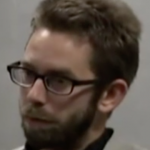
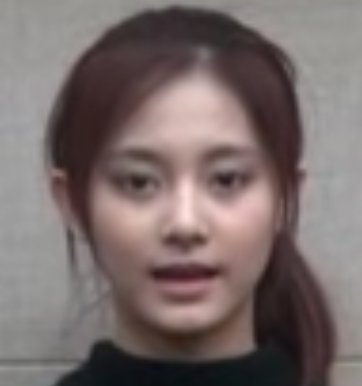
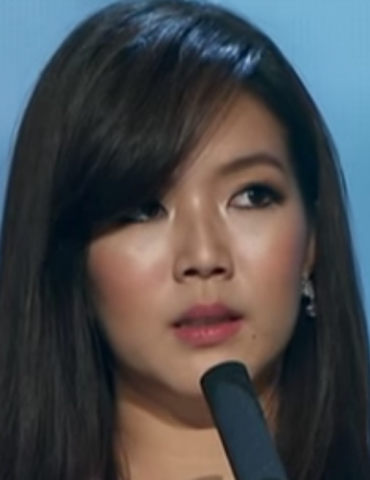

Televised confessions or apologies is a very common phenomenon in authoritarian states, where public figures whose have said or done things that deviate away from the state’s mainstream ideologies are forced to apologize on TV or issue a statement for the internet. Activists from China and abroad have been asked to do this. A government official of Hong Kong and corporate leaders as well. This is the state’s way to publicly assert their version of right and wrong.
I have always been interested in the imagery of public apologies—their extreme awkwardness, and the outer and inner transformations that might be occurring through this performative act.
2) A much slower pace of life
Last spring, I went to a Japanese restaurant. I was alone so I sat at the bar, and a sushi chef was working right in front of me. It was late so he was preparing some rolls for the next day. I watched him for two hours. He would lay down seaweed on twelve mats, and put rice on them, then the fillings and toppings, and then roll each of them. And then twelve more. Perhaps tomorrow night he would do the same thing. There is a meditative quality to it. This sushi chef’s movements make me realize that some people in this world have such routines and repetitions in their lives and are content with that, whereas I feel this urge to make every day unique and different. In this project, I might try to get to know someone whose pace is life is drastically different from mine. I am also reading The Stranger by Albert Camus. The repetitiveness and banality of the life of the main character brings out a type of existential dread. I wonder if a similar type of existential dread would come out of my capture of a differently paced life.
- accelerometer on my body. self-discipline to go slower (?)
3) Imprisoned activists
On Tuesday, student activist 岳昕 who was a leading figure in China’s #metoo movement and labor rights movement was released from the state and came home after more a year of disappearance.
On Thursday, I went to Lebanese Jalal Toufic’s lecture. He mentioned a something that a historian wrote in his notebook. An activist was imprisoned at age 40 to age 50, now he is 65, but deducting the 10 years in prison, he really is 55 years old.
Thinking about the time that an activist spends in prison, I don’t know if I think of this time as ‘lost’ time. Time in prison in itself is a political act, a dedication to a cause. This time of absence from the public eye is in some way dedicated to the public, and it is also often the time where the public becomes catalyzed, turning time ‘lost’ to one individual into time of action and togetherness for the rest.
I want to explore change in the public over the duration of an activist’s imprisonment.
Person in Time Ideas
360 soundscape of a meal
A 360 video and audio composition isolating every sound recorded during a meal (self-produced and peripheral sounds) with its decontextualized visual representation (a mask will cover the video footage partially only uncovering the area that produces the sound).
A dining visual score
Inspired by Sarah Wigglesworth’s dining tables I would like to explore the conversation between the objects used during a meal. For this, I will track the 3d positions and movements of cutlery, plates, utensils, and glasses during a meal for one or more people, and after I, I will create a video composition with 3d animated objects that act by themselves, video fragments of the people spatially placed where they were seated, and audio pieces of the performance.
A meeting of conversational fillers
As a non-native English speaker, I have been noticing lately that when I am very tired my mind can detach from a conversation and suddenly, the only thing I can listen to are repetitive words and conversational fillers. I would like to reproduce that experience, in the same way as my first idea, capturing a 360 video of decontextualized ‘uh’, ‘um’, ‘like’, ‘you know’, ‘okay’ and so on.
person in time: 3 project ideas
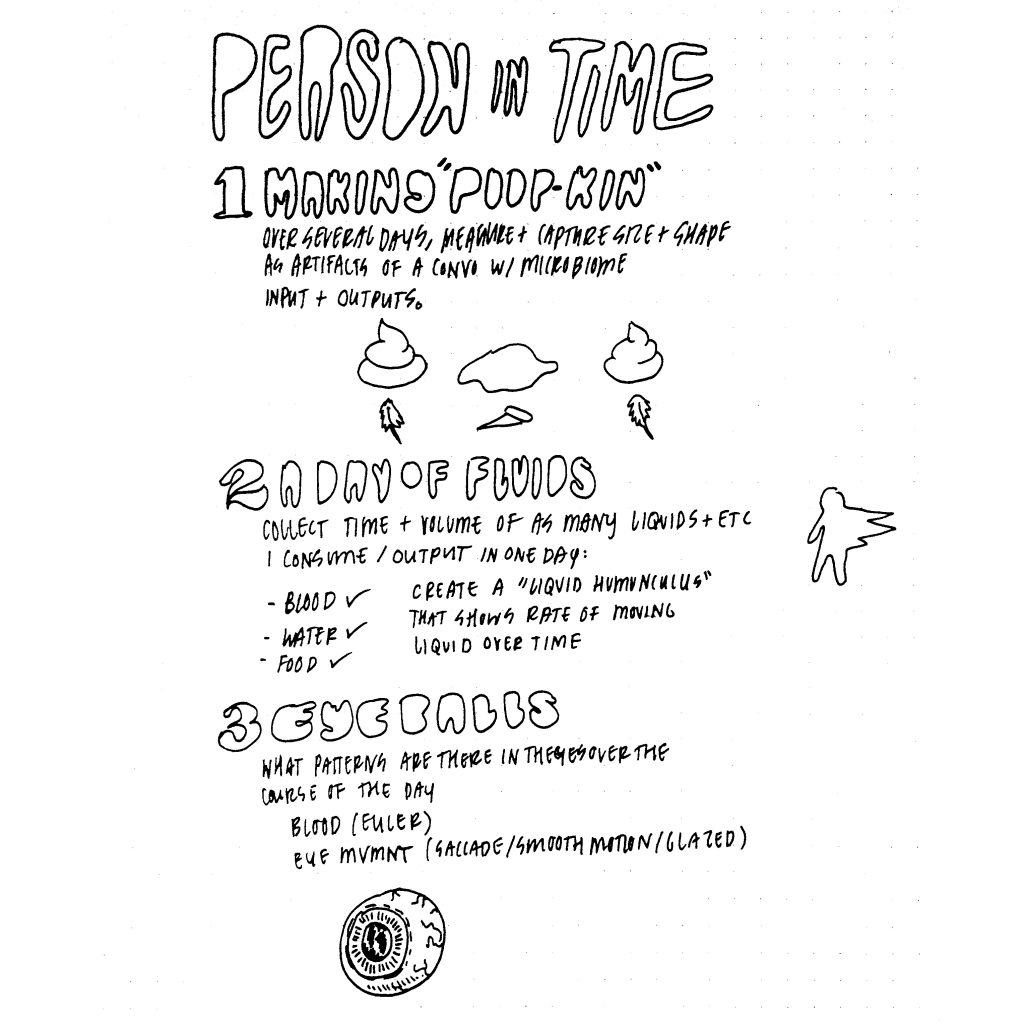
Making “poop-kin.” Inspired by Donna Haraway’s “Making Kin in the Chthulucene,” this project aims to observe the conversation between myself and my microbiome, a non-human set of organisms considered by researchers to be the human body’s 12th organ. The conversation is evidenced by what I eat and what I defecate.
Over several days, I’d collect as much information about “inputs” and “outputs,” visualizing those captures over time.
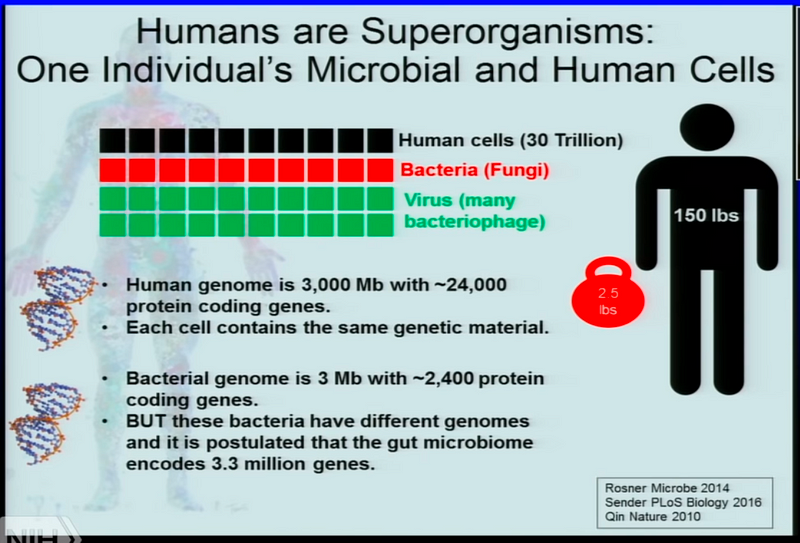
A day of fluids. We are goopy, mushy, watery meat bags-yet, these movements are invisible within our own body, or abstracted away by modern conveniences. We are rarely confronted with what fluids actually flow through us. What are the cycles of fluid/goo happening in our body? In the span of one 24 hour period, I will collect time/volume/imagery of as many fluids as possible. This information can be used to create a “fluid humunculus,” an abstracted visual of the cyclical fluid processes happening within and without us every single day.
Luckily, I already have data from a previous data visualization project at the NIH that shows how much liquid blood my heart pumps over the course of a heartbeat, which I can incorporate.
Eyeballs. What patterns are there in the eyes over the course of the day? Using video processing methods/machine learning, can I reveal the ebbs and flows of the eyes in one day? Will blood vessels/flow grow and shrink? Am I’m glazed over for the whole day or actively looking?
Person in Time Project Proposal
Grillboard
A billboard on your teeth.
The Grillboard will be a set of customizable grillz that allow the wearer to interchange the caps of each tooth to create various statements and phrases. Using dental photogrammetry, a 3D model will be made of the mouth and will be used for the base grill. This grill will be all black. From that grill model, white caps will be made to be inserted over the black grill. On the facade of the caps will be a cut out letter; for each exposed tooth (~16) there will be 26 (A-Z) available letters to interchange.
Alternatively or in addition, multiple grillz will be made to create a scrolling text stop motion animation.
https://www.dazeddigital.com/beauty/head/article/42357/1/grills-maker-juanita-grillz
Slime Language
A speaking system using a cross of the English alphabet, sign language, a Ouija board, tattoos, and gang signs.
Slime Language is a system that uses the phalanx sections of the fingers (proximal, middle, and distal) to plot the English alphabet on the hand. By pivoting and pointing with the thumb, words and sentences can be formed to create silent and performative communication between individuals. The placement of the letters is determined by its frequency in the language and accessibility on the hand.
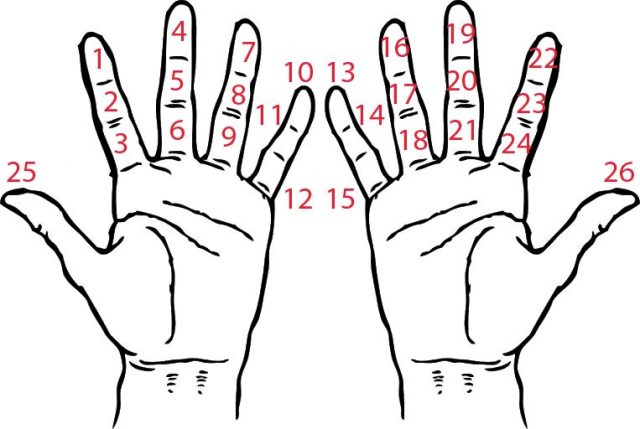
https://www.rypeapp.com/most-common-english-words/
https://www3.nd.edu/~busiforc/handouts/cryptography/letterfrequencies.html
https://www.britannica.com/topic/code-switching
Person in Time Ideas
- People saying their names in incredibly slow motion. I think it might be interesting (but it could also turn out to be incredibly un-engaging and boring) to turn people’s stating of their names into incredibly slow, droning sound landscapes. I would be playing with the pitch of the audio to get something that isn’t just deep, obviously slowed down human voices.
- Orgasms are weird and they’re different for everybody. I want to record people’s orgasms using a bunch of biometric sensors (a number of muscle sensors in key locations, heart rate sensor, breath sensor, etc) and visualize that data to see how people orgasm differently. A few important notes about this idea: no audio or video is being recorded, I’m not intending to be present in the room while the data is being recorded; my intention with this idea is not to make pornography, but rather to see what different people’s bodies do while they’re having orgasms.
- Create a cockroach map of CMU. Track a number of cockroaches (honestly I have no idea how to do this part in any efficient way), and create a map of where the cockroaches like to hang out.
Three Ideas For Person In Time
- Track the flow field of people’s movement and apply its motion vector to other videos of people moving. (Inspiration)
- Put people in a dark room with a projector that maps onto anything that moves.
- Capture a series of people’s The Graduate Ending moments.
3 Draft Ideas for Person In Time
Most of these ideas aren’t flushed out very well, but I like the idea of the final media object being a music video (inspired by Kraftwerk and Nick Cave works)
- (I don’t know if this is possible?) Using photogrammetry to capture unique items that I made or crafted together, maybe like a vodo doll. Then use motion capture to capture movement of a persons body either dancing or doing regular tasks and use that to control the motion of the object captured using photogrammetry.
- (I don’t know if this is possible?) Have a person dance and track their motions in a green screen space that is not just two dimensional. Create a virtual 3D space either using unity or photogrammetry etc. Use the dancers movements to control the space they are dancing in.
- Have a music video plot be people going through their daily lives but access this crazy world through a portal. When they enter this world they become the other people by switching certain things (like the way someone walks get mapped onto someone else or someone’s heartrate/breathing pattern gets mapped onto someone else)
People in Time: Ideas
CFA hallway in the Wean Physics department:
I want to set up a bunch of kinetics or motion detectors in the CFA art hallway and track the movement of people as well as set up some microphones and capture ambient sounds. In real time I want to sent this information to an array of LED lights in the Wean physics hallway and have the lights correspond to movement in CFA as well as the captured distorted sounds. By doings this I am creating a ghostly image of people in one location into another.
Blood pressure monitor:
I want to monitor the blood pressure of a CMU freshman, sophomore, junior, and senior and create different vests that correspond to the their blood pressure. If their blood pressure rises I want the vest to tighten around the individual and play high tempo music. If their blood pressure decreases the vest loosens and the music changes to something more relaxing and soothing.
Climbers, one finger holds:
For this one I have no idea what I want to do with it but I just think that is crazy that people can do this.
